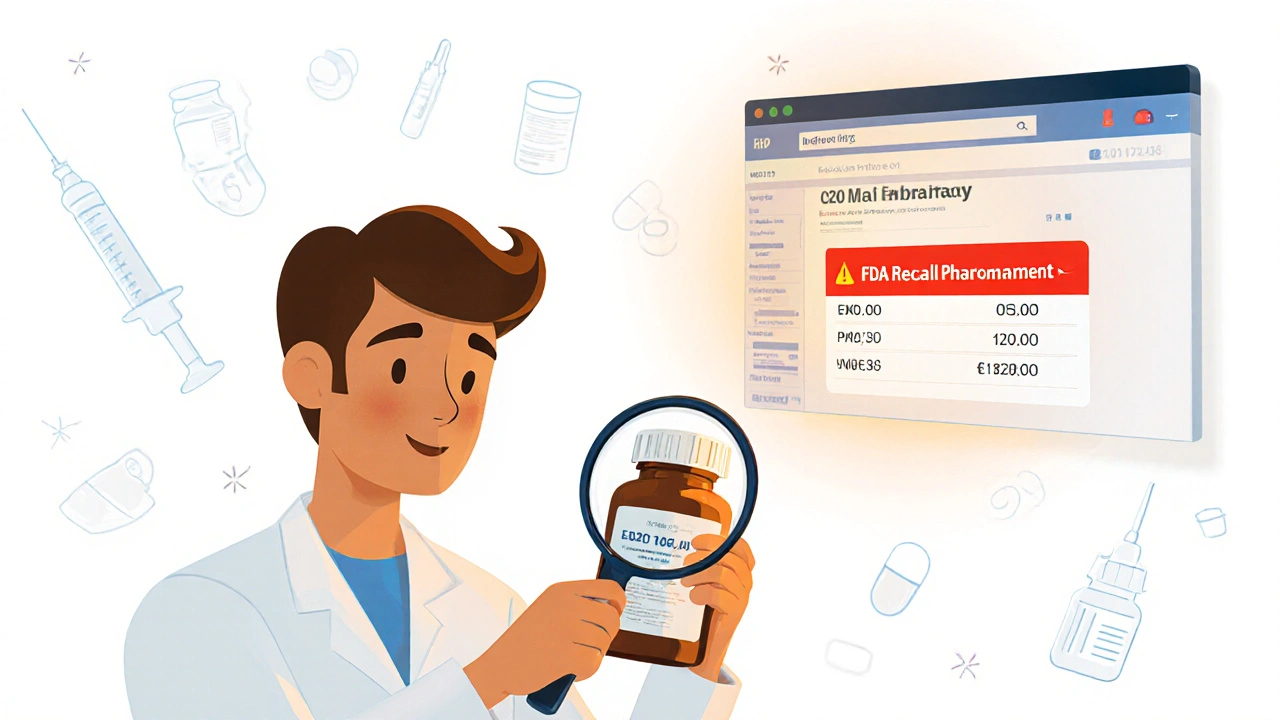Drug Expiration: What Really Happens When Medicines Go Bad
When you see an expiration date, the date a manufacturer guarantees a drug will remain fully potent and safe under proper storage on your pill bottle, it’s not just a suggestion—it’s a legal and safety boundary. But here’s the truth most people don’t know: many medications remain effective and safe long after that date. The FDA tested over 100 drugs and found that 88% were still safe to use years past their expiration, as long as they were stored correctly. This isn’t a loophole—it’s science. What matters more than the printed date is how you’ve kept your medicine: dry, cool, and out of sunlight.
Not all drugs behave the same. antibiotics, medications used to kill bacteria like amoxicillin or tetracycline can lose potency fast if exposed to moisture, turning them into useless—or even dangerous—substances. insulin, a hormone critical for blood sugar control, starts breaking down once opened and must be used within 28 days, regardless of the bottle’s expiration. On the other hand, pills like aspirin or acetaminophen can sit in a dry cabinet for years and still work. The real risk isn’t always ineffectiveness—it’s toxicity. Old liquid antibiotics, eye drops, or injectables can grow bacteria or degrade into harmful chemicals. That’s why you never take expired eye drops or injectables, even if they look fine.
Storage is the silent hero of drug safety. Heat, humidity, and light are the enemies. Keeping your meds in the bathroom cabinet? That’s a bad idea—steam from showers ruins pills. The best place? A cool, dry drawer—not the fridge unless the label says so. If you’re traveling, carry pills in your pocket, not your suitcase. Heat in a car or backpack can wreck them faster than time. And never trust a pill that’s changed color, cracked, or smells funny. That’s your body’s early warning.
What you’ll find below isn’t just a list of articles—it’s a practical toolkit. You’ll read about how drug expiration ties into real-world risks like Stevens-Johnson Syndrome from degraded meds, why generic drugs have the same shelf life as brand names, how to store medications during treks or pilgrimages, and what to do if you accidentally take something past its date. These aren’t theory pieces. They’re based on real cases, FDA data, and patient experiences. You’re not just learning when to throw something out—you’re learning how to protect yourself, your family, and your wallet from unnecessary waste and hidden danger.
Learn how to safely clear expired medications by checking expiration dates, decoding lot numbers, and verifying recalls through FDA databases. Avoid errors that lead to waste, harm, or legal issues.

